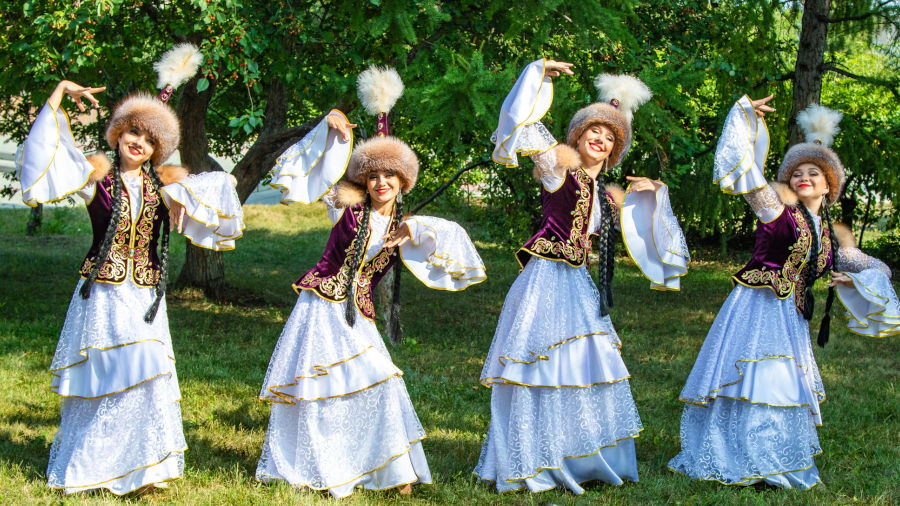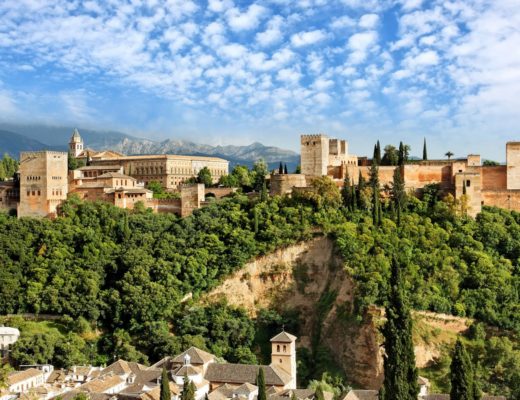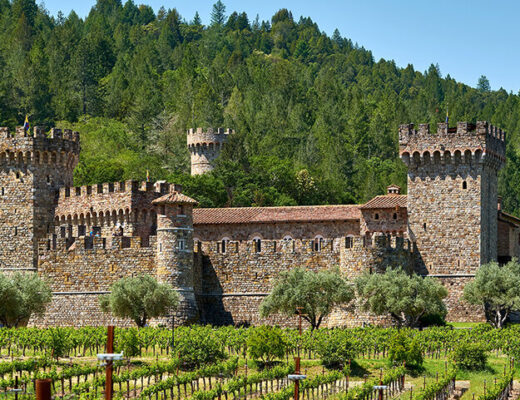Five countries make up the region of Central Asia, and collectively they’re known as the ‘Stans: Uzbekistan, Kyrgyzstan, Tajikistan, Turkmenistan and Kazakhstan. Each has their own distinct character, yet the warm and friendly welcome you’ll receive in any of them transcends borders.
Travelers with plenty of time on their hands will want to visit all five, but if you’re forced to choose, which ‘Stan is right for you? We’ve compiled a list of what each country has to offer to help you plan your next trip.
Best for Culture Vultures: Uzbekistan
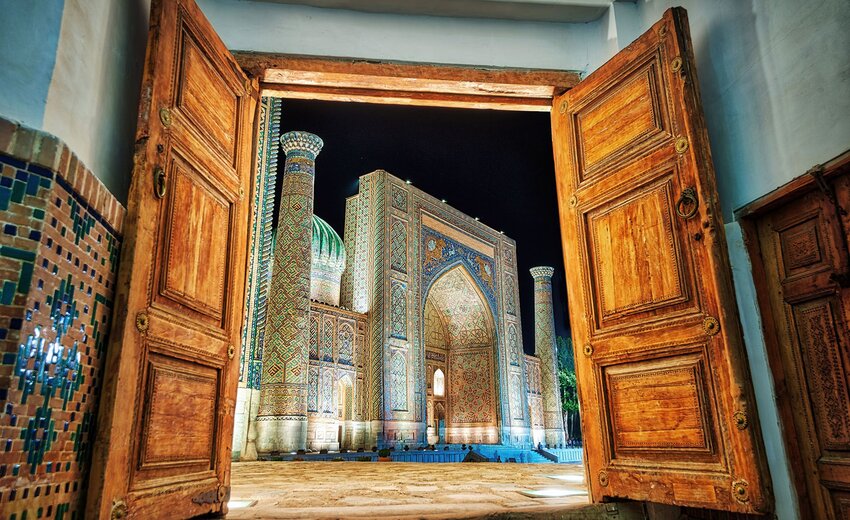
A combination of culture, architecture, and history place Uzbekistan high on many travelers’ wish lists. The UNESCO trio sites of Samarkand, Bukhara, and Khiva — important cities on the former Silk Road — can be squeezed into a week away, making this the ideal introduction to Central Asia.
As you stroll through Samarkand’s Registan, the cavernous central square that once housed a crowded bazaar, it’s not hard to imagine the scents, sounds, and sights of the past. From there, hop on the Afrosiyob high-speed train to the holy city of Bukhara. Crammed into this old town are more than 140 protected ancient buildings, some of which date from the 5th century.
Khiva also offers plenty of sites and monuments to delight history buffs. Mud walls still enclose the Ichon-Qala, a medieval city packed with heritage sites. For a truly breathtaking experience, climb the stairs by the North Gate to watch the setting sun over its mosques, madrassas, and mausoleums.
Best for Getting to Know the Locals: Kyrgyzstan

Community-based tourism drives the economy in Kyrgyzstan, and there are many ways to experience the customs and traditions that make it such a fascinating destination.
From felt-making to eagle-hunting to rolling out borsook (a delicious fried dough), locals will show tourists techniques that have passed down from generation to generation, and participation is actively encouraged. End at least one night in a typical yurt, a felt tent found throughout Central Asia. Kyrgyzstan is still a nation of nomads, so plan a farm stay to get some of the best views in the country.
Best for Scenic Hikes: Tajikistan
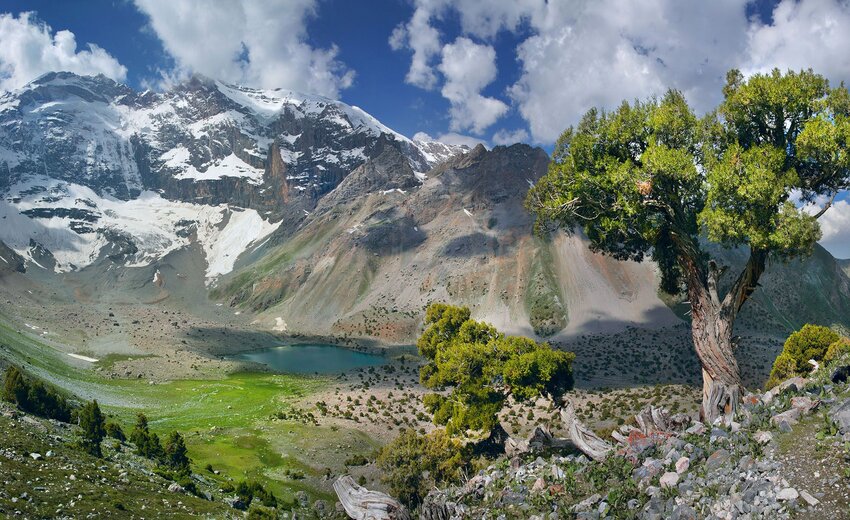
As with neighboring Kyrgyzstan, Tajikistan’s breathtaking mountain scenery makes this the ideal choice if you’re the outdoorsy type. Rivers cut deep clefts in the landscape, while remote lakes add pops of emerald green and turquoise, making for great photo opps. The Fann Mountains sit conveniently close to the capital city of Dushanbe, where you can spot their snow-capped peaks soaring to over 16,000 feet.
Hikers of all abilities will delight in exploring on foot. Flower-strewn pastures provide short, gentle walks if you’re in a hurry; if you want to invest the time in multi-day hikes, you will be rewarded with some of the best scenery in the region as you traverse high altitude passes and call in at isolated hamlets.
Across the country, the Pamir Mountains are home to yak-herders and sheep farmers whose way of life has changed little over the centuries. A word of caution for those looking to drive the Pamir Highway: it is challenging even for adventurous travelers. You’ll need a robust 4×4 to tackle its potholes and corrugated surfaces, but memories made on this iconic route will last a lifetime.
Best for Bragging Rights: Turkmenistan
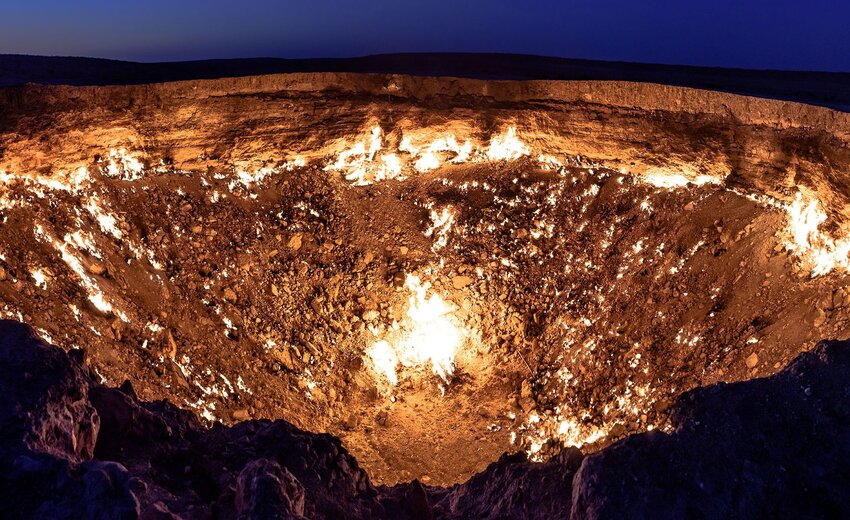
Enigmatic Turkmenistan is the least visited of the ‘Stans, a country characterized by inhospitable desert punctuated by scattered, verdant oases. Part of that’s political — visas are harder to come by than for the other four nations — but those who persevere are rewarded with one of the most unique sights on the planet.
Seek out the Darvaza crater, nicknamed the Gate of Hell, which has been alight for four decades. In 1971, Soviet geologists set light to natural gas emanating from a cavern in the Karakum desert and it’s been burning ever since. The country also has three UNESCO World Heritage sites.
Explore the city Merv, which was dubbed “Queen of the World” in its heyday, one of the great cities of the Islamic world. Today, Merv is an atmospheric ruin, and its battered fortresses, streets and mausoleums are all that’s left of its 4,000 years of history. Similarly, the once proud ancient city of Konya-Urgench is now a rural backwater.
Visit its surviving minarets, mausoleums, and elaborately decorated monuments that are testament to the exceptionally skilled architects and craftsmen who built them. The newest of the three to be inscribed is found at Nisa, close to the present day capital Ashgabat. The Parthian fortresses date back to 1000 B.C. and protected an important trading center.
Best for Modern Architecture: Kazakhstan
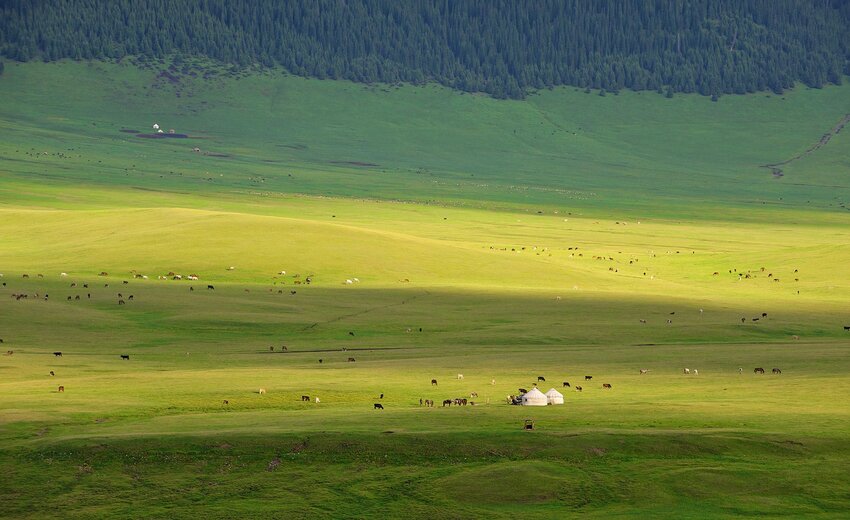
Zany architecture is more likely to entice visitors to the capital of Central Asia’s largest country, Kazakhstan. Abundant oil reserves have provided the funds for rapid development, particularly in the futuristic capital city Nur-Sultan, formerly Astana.
Architects have been given free rein, sometimes resulting in quirky, even bizarre, designs. Some unkindly refer to the Palace of the Arts as the dog bowl, to Bayterek Tower as the golden lollipop, and the Golden Towers as the beer cans. The Metropolitan Circus arts venue resembles an alien spaceship, and the Khan Shatyr mall could easily double as a circus tent.
In comparison, the prosperous former capital Almaty, the largest city in the country, remains Kazakhstan’s financial and commercial center. Its mid 20th century Modernist buildings are a reminder of the nation’s stint as a Soviet Socialist Republic. Many buildings boast mosaics and murals once intended to inspire and motivate its citizens to work for collective goals.
Others, such as the emblematic Wedding Palace, feature motifs that depict local traditions and costumes. When you’re done sightseeing, unwind at the Arasan Baths. Sprawling across an entire city block, this venue hides a Finnish sauna, Turkish steam bath, Moroccan hammam, and Russian banya under its whitewashed domes and fabulous ceilings.

